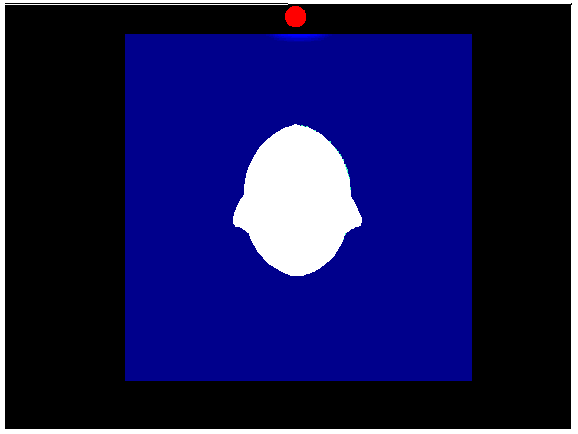Fluid Dynamics and Acoustics Group
|
VIRTUAL ACOUSTICS AND AUDIO
ENGINEERING Fluid Dynamics and Acoustics Group |
|
| | |
|
Time domain response with the DBEM The direct simulation of impulse
responses using the time domain formulation of the BEM is still not recommended
due to stability problems in the solutions. The method undertaken and described
below is based on using the Inverse Fourier transforms of the computed
responses in the frequency domain.
When the spherical wave impinges on
the head, a secondary wave is seen to propagate backwards. When the main
wave leaves the head, another spherical wave appears. The amplitude of
this wave is small, compared with the incident wave, and its effect was
emphasised in this simulation by positioning the source in the near field
at 0.5 m away. The further away the source, the less significant this effect.
 |